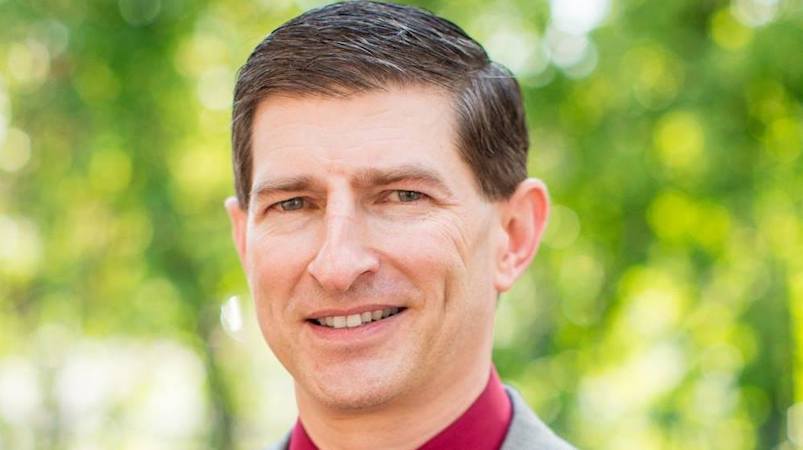Robert Rapier | Facebook
Robert Rapier | Facebook
Forbes Magazine’s Robert Rapier charges the Biden’s administration’s use of the country’s Strategic Petroleum Reserve (SPR) crude oil is a political move and deviates from what the White House’s established policy is when it comes to reducing carbon emissions.
With the president’s actions coming in an election year, Rapier wrote in a recent editorial Biden's actions are meant to impact the upcoming midterm elections.
“But even though the Biden Administration wants to address rising carbon emissions, high gasoline prices cause incumbents to lose elections,” Rapier wrote in a recent editorial, noting that though gas prices decreased for a short time they are now starting to rise again in Wisconsin.
“So, they try to tame gasoline prices even though it contradicts one of their key objectives of reducing carbon emissions,” he wrote.
On March 31, Biden announced the release of up to 180 million barrels of crude oil from the nation's SPR over a six-month period to curb runaway gas prices.
Typically, SPR keeps in the neighborhood of 700 million barrels of crude oil in case of an unstable market supply or international emergencies. The SPR webpage states it is the world's largest supply and the “sheer size” makes it a deterrent against oil cutoffs.
As of April 1, the SPR held just 564.58 million barrels of oil in stock, and by Sept. 23, those reserves had dwindled to 422.58 million barrels of oil, a decrease of 142 million barrels since Biden's initial release.
In Rapier’s view the president’s actions are a “gamble,” given he must now hope that the U.S. does not encounter a foreign oil supply crisis, which the SPR was created to address.
At its height a little more than a decade ago, Forbes reports the SPR reached 726.6 million barrels. Its current count of just under 450 million barrels represents the lowest in almost 40 years. In the past, the U.S. has become more reliant on its own oil production, such as in 2021, the U.S. was a net exporter of crude oil, which some suggest the SPR is not as needed.
Rapier argues that historically, Democrats have reduced the SPR far more than Republicans, pointing out that both President Clinton and Obama also took similar actions to what is now happening in an effort to reduce high gas prices during election years.
While some argue the SPR is unnecessary due to America's energy security, Rapier accuses Biden of using the SPR to help Democrats win in 2022. Biden has announced he plans to refill the SPR, which Rapier predicts will happen after the 2024 elections.
Citing the climate crisis as the main reason for his moratorium, Biden’s executive order on federal oil and gas leases was released on Jan. 27, 2021.
“It is the policy of my Administration that climate considerations shall be an essential element of United States foreign policy and national security” he said, with the order laying out ways that the Administration will prioritize the climate crisis including “pause new oil and natural gas leases on public lands or in offshore waters pending completion of a comprehensive review.”
Rapier wrote the president’s decision to drain the SPR is an affront to his stated plan of reducing carbon emissions and combating the overall climate crisis.
“An administration that has frequently emphasized the importance of reducing carbon emissions is trying to increase oil supplies to bring down rising oil prices — which will in turn help keep demand (and carbon emissions) high,” he said.
The latest Gasoline Misery Index, which tracks how much more (or less) the average American consumer will have to spend on gasoline on an annualized basis, reports that the average American is spending around $319 more on gas this year when compared to the same time a year ago. The Gas Misery Index also reports Americans are spending $771 more on gas today than when Biden took office.
The AAA recently announced gas prices across the country are now rising again, as the supply becomes more limited and demand increases. The agency further warns drivers should be preparing themselves for even higher prices to return due to limited distribution during Hurricane Ian and increasing crude oil prices.
Since Sept. 22, Wisconsin has been home to some of the largest gas price increases, with prices standing at $3.937 per gallon as of Sept. 30, an average increase of 46 cents per gallon over that weeklong period.

 Alerts Sign-up
Alerts Sign-up